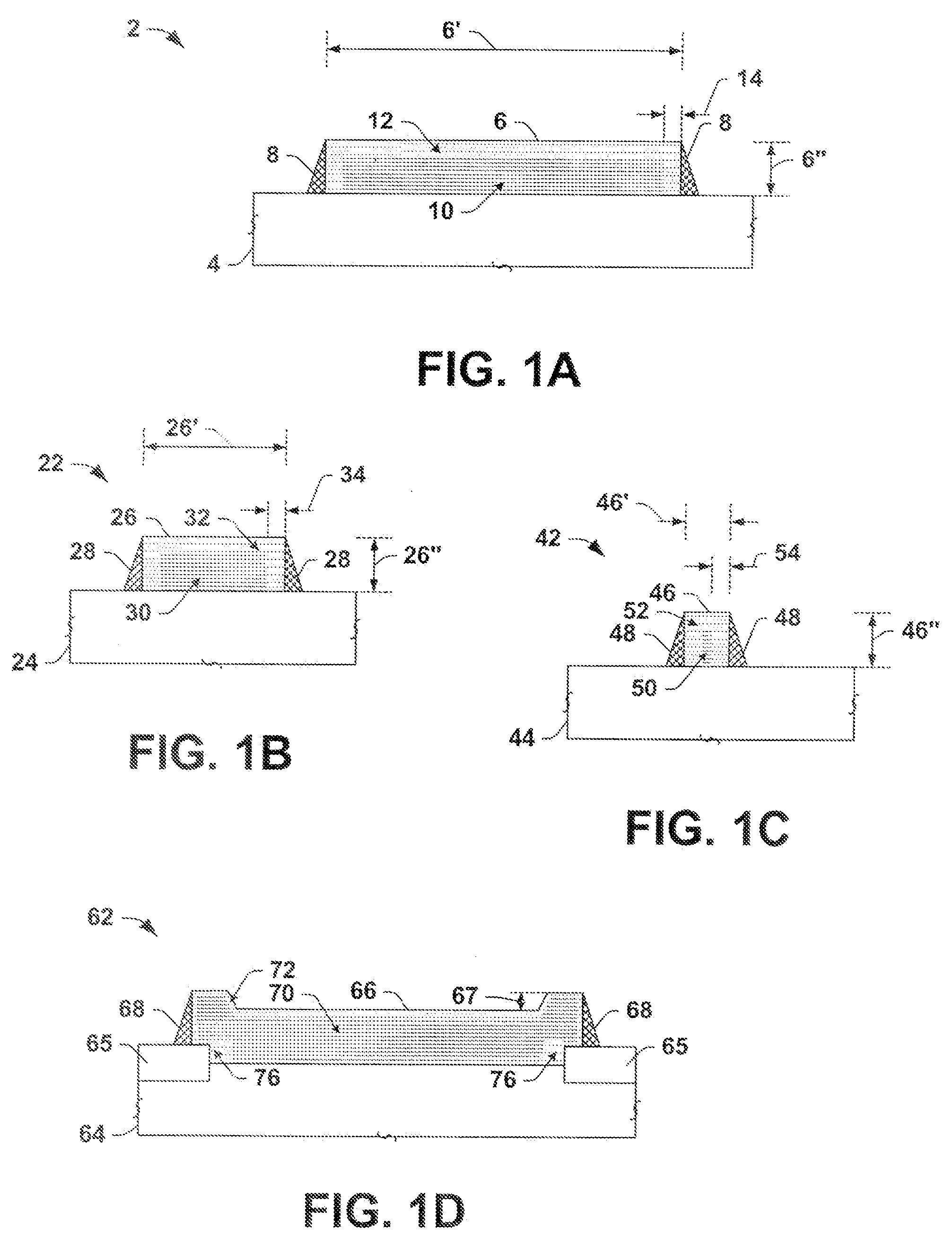Methods for Transistor Formation Using Selective Gate Implantation
a gate implantation and selective technology, applied in the field of semiconductor devices, can solve the problems of increasing logic gate delay and processing time, reducing transistor drive current, and requiring large feature sizes, and achieve the effect of facilitating precise control of doping concentrations
- Summary
- Abstract
- Description
- Claims
- Application Information
AI Technical Summary
Benefits of technology
Problems solved by technology
Method used
Image
Examples
Embodiment Construction
[0039] The present invention will now be described with reference to the attached drawings, wherein like reference numerals are used to refer to like elements throughout. Referring initially to FIGS. 1A-1D, a high degree of poly depletion occurs when an insufficient amount of dopant is introduced to the poly gate region nearest the gate oxide. This can be due to an insufficient amount of dopants being introduced to the polysilicon, or to the anneal subsequent to the doping of a poly gate being insufficient to drive the implanted impurities down the entire depth of the poly gate. Because the amount of dopant and the degree of annealing can be limited by other practical manufacturing considerations, such as dopant diffusion in other regions of the transistor structure, most often both of these factors contribute significantly.
[0040] Consequently, a portion of the poly gate nearest the underlying gate oxide is depleted of carriers and behaves as an insulating region. As a result, the ...
PUM
 Login to View More
Login to View More Abstract
Description
Claims
Application Information
 Login to View More
Login to View More - R&D
- Intellectual Property
- Life Sciences
- Materials
- Tech Scout
- Unparalleled Data Quality
- Higher Quality Content
- 60% Fewer Hallucinations
Browse by: Latest US Patents, China's latest patents, Technical Efficacy Thesaurus, Application Domain, Technology Topic, Popular Technical Reports.
© 2025 PatSnap. All rights reserved.Legal|Privacy policy|Modern Slavery Act Transparency Statement|Sitemap|About US| Contact US: help@patsnap.com



